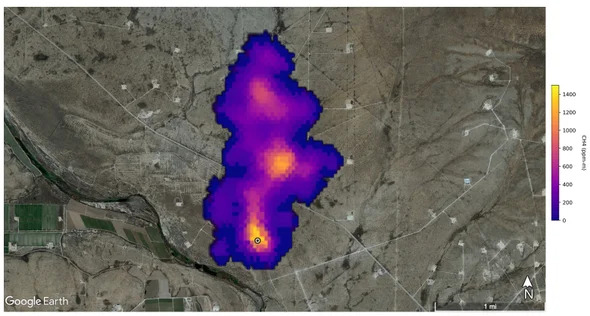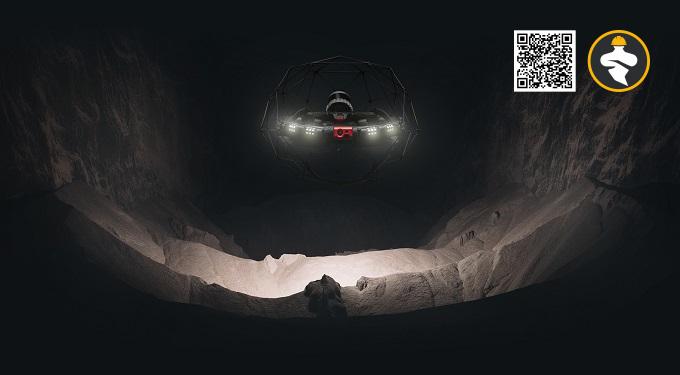New findings reveal that the radiation bubbles blowing from the galactic core began as a stream of electrons and their antimatter cousins, positrons. The presence of an overabundance of positrons whizzing past Earth shows that the bubbles are the product of a burp from our galaxy’s supermassive black hole following a meal million of years ago.
For more than a decade, scientists have known about gas bubbles, known as Fermi bubbles, that stretch above and below the center of the Milky Way. Other observations of bubbles in microwave radiation and X-rays have since been made. However, astronomers are still unsure how they formed.

The multi-wavelength light of the bubbles might be explained by a stream of high-energy electrons and positrons generated by the supermassive black hole in one large burst, physicist Ilias Cholis announced on April 18 at the American Physical Society conference.
The majority of the particles in the initial burst would have been propelled along jets oriented perpendicular to the galaxy’s disk. As the particles interacted with other galactic matter, they lost energy and emitted light of various wavelengths.
Because the jets would have been targeted away from Earth, those particles would never have been discovered. Some of the particles, however, may have escaped along the galactic disk perpendicular to the bubbles and passed Earth. “It’s possible that some of those positrons are hitting us right now,” says Cholis of Oakland University in Rochester, Michigan.
So Cholis and Iason Krommydas of Rice University in Houston examined positrons collected by the International Space Station’s Alpha Magnetic Spectrometer. Cholis claimed at the time that the duo discovered an overabundance of positrons whose present-day energy might correlate to a surge of activity from the galactic center between 3 million and 10 million years ago, roughly about when the Fermi bubbles are supposed to have originated.
The findings, according to Cholis, confirm the theory that the Fermi bubbles formed when the galaxy’s center black hole was busier than it is now.












